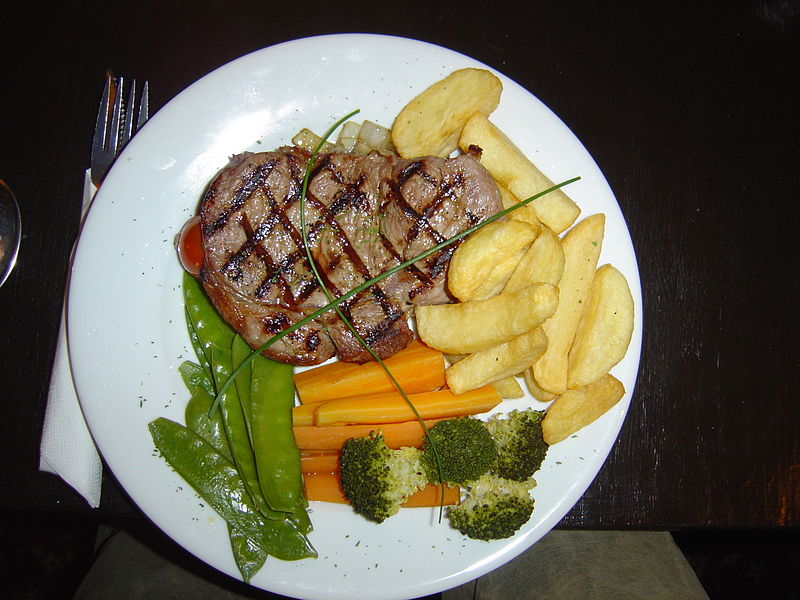
Worrying about this percentage of carbohydrates and that percentage of fats sounds like a lot of work. How can you reasonably eat this way without taking a calculator with you on every trip to the kitchen? And what about when you eat out? Relax. The key to a good runner’s diet isn’t math, but making the right food choices. After all, a meal of butter, beef jerky, and cola can supply you with the right amounts of carbohydrate, protein, and fat, but it’s a disaster nutritionally.
Concentrate on getting the number of servings for each food type that I’ve emphasized. The percentages will take care of themselves if you focus on a variety of wholesome carbohydrates, fruits and vegetables, low-fat dairy products, lean cuts of meat, and legumes. Here’s a tip: carbohydrates, such as whole grains, vegetables, and beans, should cover most of the space on your dinner plate. Protein should be the accompaniment, not the centerpiece that many people make it. This guideline is true both at home and when you eat out.
Following these guidelines requires a big change in eating habits for many people. Two good books on eating for athletes are the Sports Nutrition Guidebook by Nancy Clark, Human Kinetics, 1996, and Power Foods by Liz Applegate, Rodale Press, 1994. It can also help to consult a registered dietitian. Registered dietitians have the initials R.D. after their names. Contact the local branch of the American Dietetic Association to find one in your area.

No comments:
Post a Comment